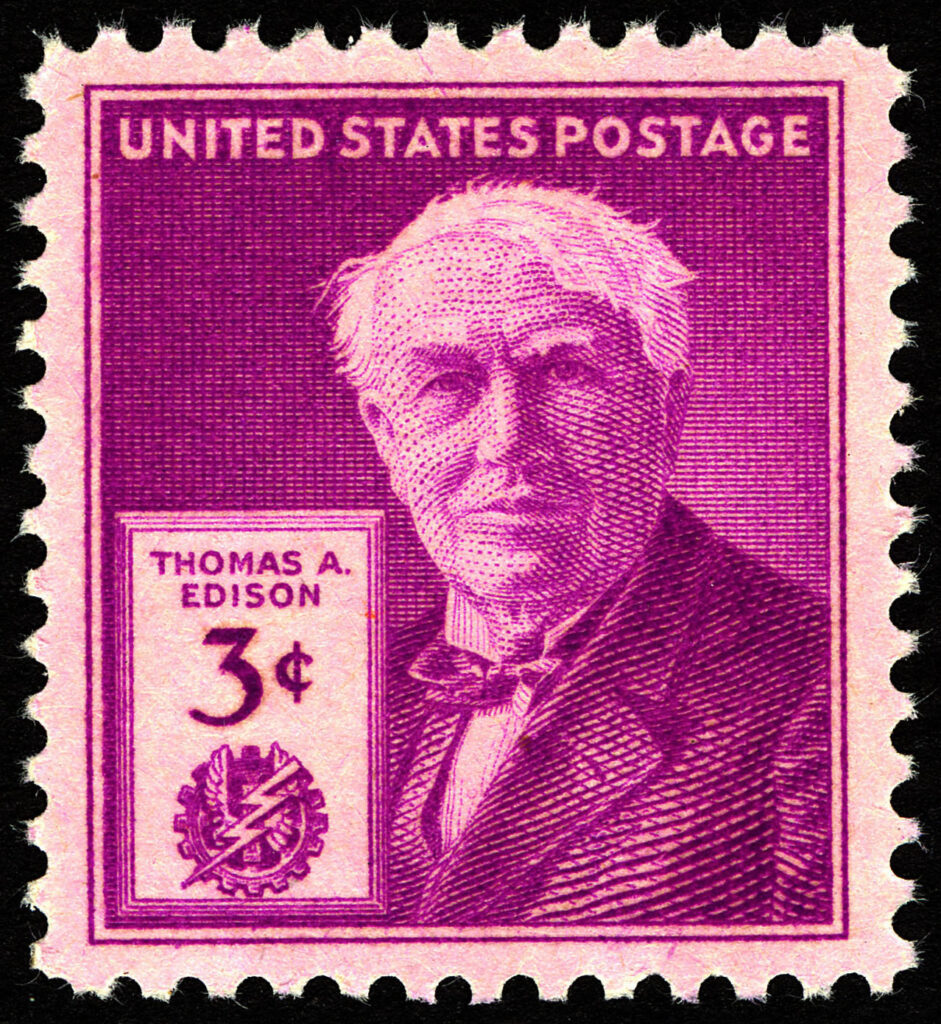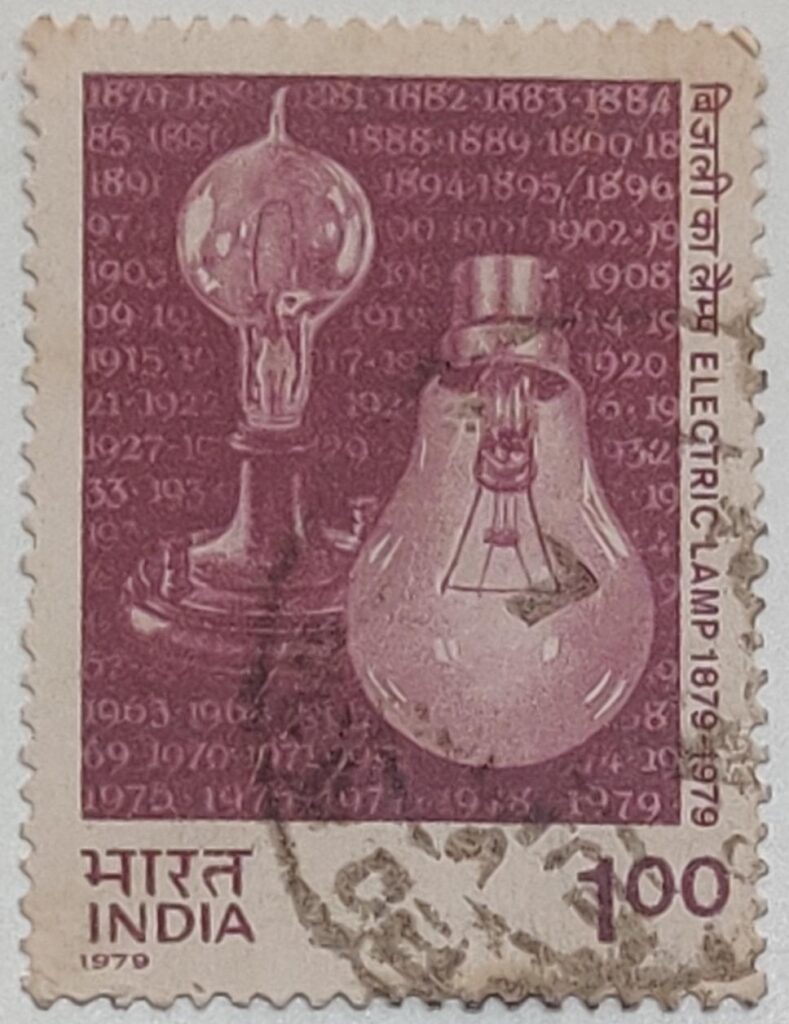
Let there be Light!
Historians agree that Thomas Edison was not the inventor of the electric light bulb, but he did produce the first commercially viable one. Earlier, light bulbs were experimented with as far back as 1802; and there were 23 others who had invented light bulbs, some of whom were still working on them at the time of Edison’s work.
Three factors in combination are generally recognised as contributing to Edison’s success: (1) A durable incandescent material (2) Elimination of air from the bulb-a better vacuum, and (3) A filament material of high resistance.
Thomas Edison’s
serious incandescent light bulb research began in 1878, filing his first patent
later that year…’Improvement In Electric Lights’ in October 1878. His
experiments involved the fabrication and testing of many different metal
filaments, including platinum. Platinum was very difficult to work with, and
prone to being weakened by heating and oxygen attack.
In addition, platinum was expensive, and too low in resistance; which
would require heavy copper conductors in Edison’s electric distribution system
he was designing to supply commercial installations of his bulbs. This system
would later become the model for our modern electric utility power distribution
system of today.
Edison then resorted to a carbon-based, high-resistance, filament. One year later, in October 1879, Edison successfully tested a filament that burned for 13.5 hours. Continuing to improve his design, by November 1879, he filed for a US patent for an electric lamp using “a carbon filament or strip coiled and connected … to platina contact wires.” The filament was made from a piece of carbonised thread.
By the New Year’s, he was demonstrating lamps using carbonised cardboard filaments to large crowds at the Menlo Park laboratory. It was not until several months after the patent was granted that Edison and his team discovered that a carbonised bamboo filament could last over 1200 hours. A year later, Edison began manufacturing commercial lamps using carbonised Japanese bamboo as filaments.
Throughout his career, Edison worked on many improvements to his signature invention, an invention that literally changed the way we live after dark. Prior to the light bulb, folks burned lamp oils or used manufactured natural gas for illumination, a rather dangerous way to provide illumination.

Electric lights became cheap, safe and convenient to use and the public and commercial concerns installed them in rapidly increasing numbers. The rest is history.
More on Edison at http://www.edisonmuckers.org/thomas-edison-lightbulb/
Postage stamp of Edison courtesy: Wikimedia Commons
